Refractory mortar vs cement, many customers who are just starting to use these two types of refractory materials will not be able to distinguish between these two materials. So today, let’s take a look at the difference between refractory mortar vs cement!
Refractory cement
Refractory cement is also called aluminate cement. Aluminate cement is made of bauxite and limestone as raw materials, calcined clinker with calcium aluminate as main component and alumina content of about 50%, and then ground into hydraulic cementitious material. Aluminate cement is often yellow or brown, but also gray. Used for lining industrial kilns.
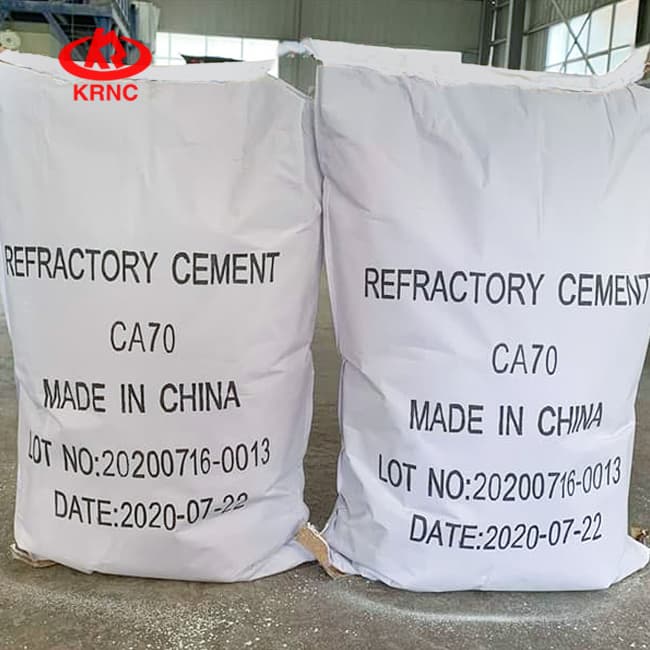
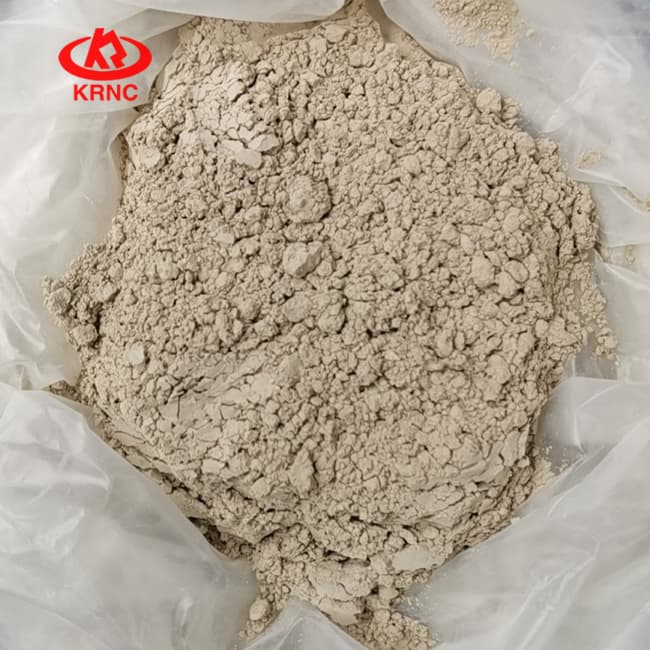

Refractory mortar
Refractory mortar consists of refractory aggregate, binder and admixture, is the joint material of molding products. There are two types, dry and wet, according to the condition of delivery. During construction, mixing liquid (water or other liquid) is added to the specified consistency, and masonry or grouting is carried out with spatula or special machinery (such as pressure grouting machinery).
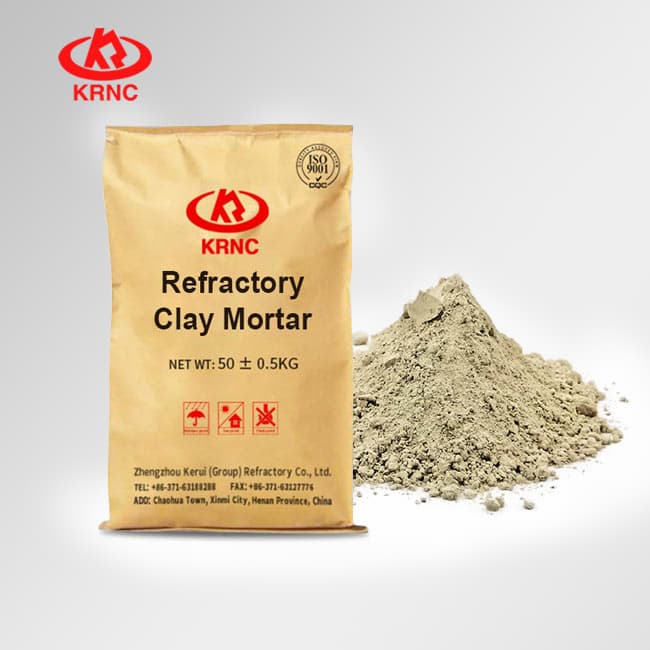
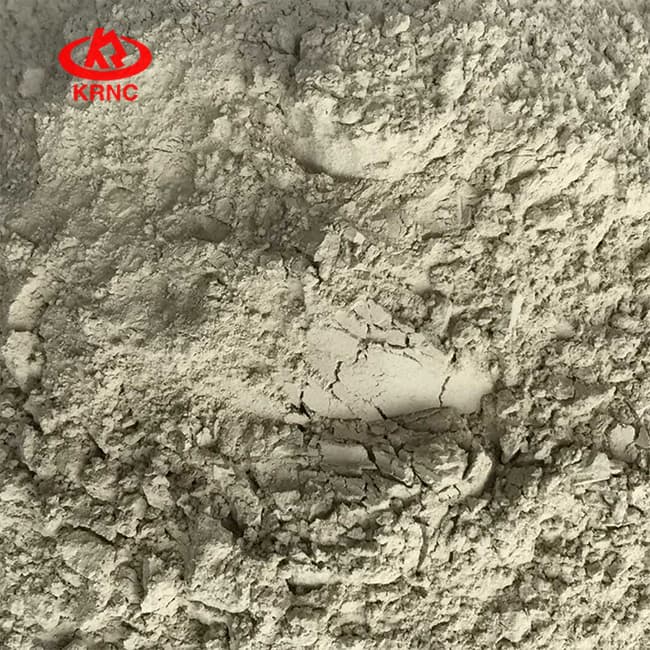

Differences between refractory mortar vs cement
Composition
Refractory mortar vs cement, refractory mortar is usually composed of high alumina, refractory clay or silica and is formulated to withstand thermal cycling, wear and chemical erosion. Refractory cement, on the other hand, contains a higher percentage of cement than mortar and may also contain additives such as silica fume, fly ash or alumina. Cement is ideal for applications requiring high strength, such as industrial boilers, chimneys and incinerators.
Operability:
Refractory mortar vs cement, refractory cement, is more viscous and can be challenging to apply, especially in vertical applications. It may require a specialized blender and pump to ensure even distribution and correct bonding. Refractory mortar is easier to work with and can be applied with a trowel or brush. It has a smooth, creamy texture that will better bond and fill gaps.
Setting time:
Refractory mortar vs cement, the setting time of refractory mortar and cement is different, and the setting time refers to the time required for the product to harden and stabilize. Refractory mortar usually sets within 24 hours, while refractory cement may take 48 hours or more, depending on temperature and humidity.
How to Choose between refractory mortar vs cement
The choice of refractory mortar and cement depends on several factors, including:
Strength:
If the project requires high strength and carrying capacity, refractory cement may be a better choice.
Operability:
Fire-resistant mortar is easier to handle and can be applied by hand, whereas fire-resistant cement may require specialized equipment and expertise.
Application:
Fire mortar is suitable for applications requiring thermal shock resistance, such as fireplaces and ovens, while refractory cement is ideal for heavy duty applications such as boilers and furnaces.


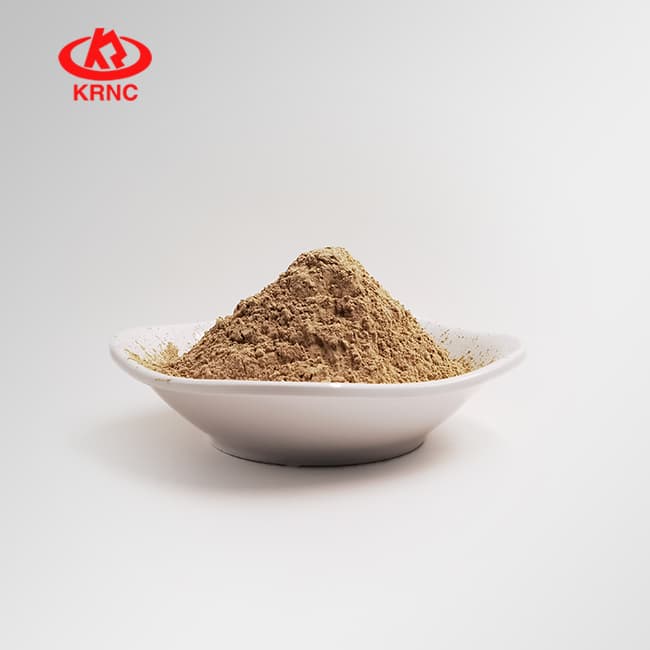




 Wechat Us
Wechat Us